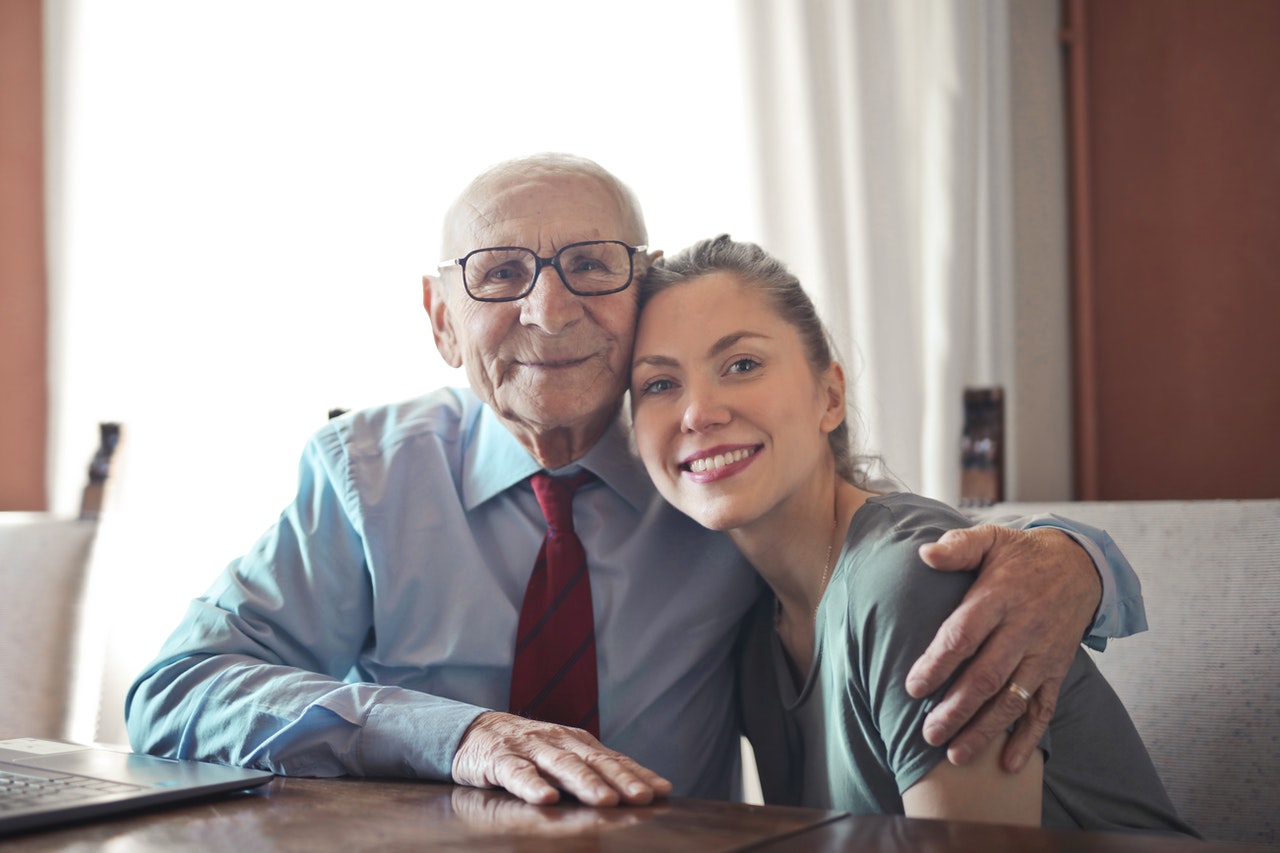In a June 2020 press release posted on the U.S. Census Bureau website, the agency revealed that the country’s 65-and-above age bracket increased by 34.2 percent during the last decade. This rise is credited to the Boomers (born between 1946 and 1964) who are rapidly reaching this old age. Further data showed that in 2019, roughly 16.5 percent of the American population was aged 65 and older. This is predicted to rise to 22 percent come 2050.
Meanwhile, data on aged care facilities revealed that with the rise in the number of old age Americans came the popularity of for-profit residential care communities at 81 percent proportion from the total 28,900 with over 99,000 licensed beds.
If you happen to have a male senior in your home or you have predominantly male patients in your aged care facility, it’s vital that you make everything as conducive for your patients’ mobility and comfort as possible. Here are six of the best assistive devices that would improve your aged care capacity and make your patients’ lives more comfortable:
-
Stair lift
Stair lifts are vital assistive devices in homes and aged care facilities whose male patients have to go back and forth between floors. According to the data from the American Journal of Emergency Medicine, at least one million American citizens suffered injuries while descending or ascending stairs. This staggering number is more than enough reason for aged care facilities or homes with senior patients to install sturdy, functional, and user-friendly stair lifts to prevent injuries and make their patients’ lives easier.
-
Ceiling hoist
For aged care facilities or private residences with male patients that have mobility issues, a hoisting machine that is firmly attached to the ceiling is a must-have assistive device. This handy system is extremely easy to operate and allows caregivers as they assist patients to move around the room for whatever purpose is desired. With it, patients and their caregivers can effortlessly do hygiene routines and even light exercises if possible. This assistive device also lowers the possibility of trip-and-fall accidents that could be fatal in the worst cases.
-
Personal alert system
A personal alert system is designed to be wearable and easy to use that allows elderly patients to call for help. There are a lot of personal alert systems in the market with different functions to suit patients’ peculiar needs. Some alert system models have automotive fall detection features while others have medication alerts so the patient doesn’t skip a dose. If you have male patients with mobility issues or medical concerns, investing in personal alert systems that are responsive to their specific requirements should be on top of your priority purchases.

-
Remote patient monitoring chair
Technology has come a long way these days that make otherwise sci-fi concepts a reality. For one, there is now a product called the Health-e-chair that is fitted with groundbreaking biosensors that measure and monitors a patient’s blood pressure, ECG, temperature, weight, and many other physiological parameters. Armed with such critical pieces of information, it’s highly possible for caregivers and relatives to monitor the patient’s condition remotely and act accordingly if emergency parameters are triggered. Such a modern assistive device may not help a patient with mobility issues but can be a lifesaver for those with delicate medical conditions.
-
Wearable fecal and urinary incontinence monitor
Incontinence is a condition that affects millions of elderly patients, regardless of sex. Fortunately, there are now products that could address the discomfort and potential health issues of fecal and urinary incontinence in old age patients. Relatives and aged care facility owners can now purchase wearable devices that specifically detects when it’s time for elderly patients to urinate or poop. The device can be fitted into the patient’s belt or underwear to detect if there’s already a buildup of waste in the intestines or bladder. Through Bluetooth connectivity, the device sends alerts to the patient’s or caregiver’s paired smartphone or tablet that it’s time to answer the call of nature before incontinence gets the better end.
-
Activator pole
If you want to help your patients with mobility difficulties enjoy a healthier gait, then an activator pole is a great assistive device to buy. This mobility tool helps improve stability, posture, and balance so elderly patients have a lower chance of tripping or falling.
Patients, whether male or female, in aged care facilities and private residences truly deserve the best care possible so their daily lives would be safe and comfortable. With these assistive devices, it is possible. So, make these investments soon to improve how you handle your patient’s aged care needs.

